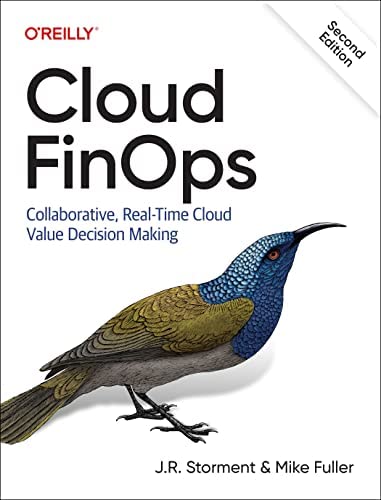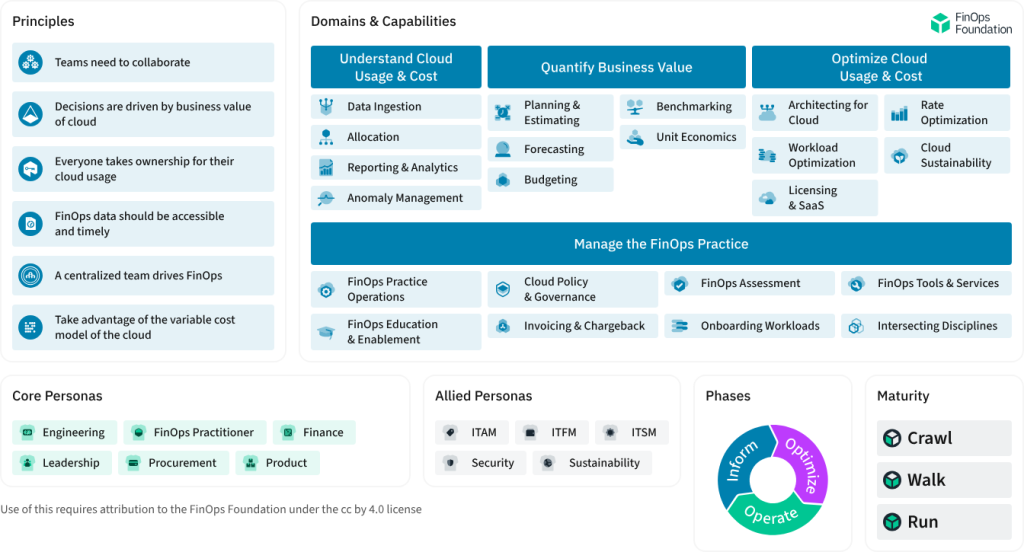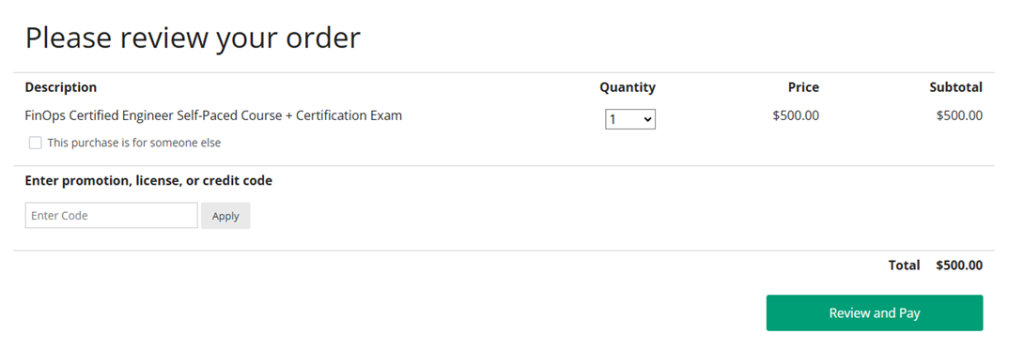
If you’re reading this blogpost there is a big chance that you’ve already spent some time on the topic of cloud cost management. It’s also possible that during your adventures you’ve encountered the term FinOps and you’d like to know more about it, so welcome!
Firstly, a few words about me. I’m TS and I’ve been working as a DevOps engineer for several years now and for over a year I’ve been focusing on various aspects of cloud cost optimisation. Recently, thanks to preparing for this exam, I realised that FinOps is something more than just technical optimisations – it’s a comprehensive approach to financial management in cloud environments.

I started my exam preparation by reading and taking notes from the book Cloud FinOps which is currently considered the bible of framework. It was a very good decision because the knowledge described there is comprehensive and sufficient to pass the exam. However, the downside of the book is that it has over 400 pages, so this learning method may not suit everyone.

Since I’ve already mentioned that FinOps is not the same as Cost Optimisation, let me briefly explain what you’ll learn from this book (or the course). You’ll discover there the core Principles that are like the foundations of the entire FinOps approach. These principles set the direction every organisation should follow.
Then, you’ll dive into the topic of Domains – the different areas that make up FinOps. You’ll learn how to manage costs at every stage of cloud usage, from planning, and monitoring, to optimisation.
In FinOps, an equally important element is Capabilities – that is, the abilities and skills that an organisation must develop to effectively manage finances in the cloud. Overall, it’s about specific functions, processes, and tools that help not only monitor costs but also actively manage them.
Another topic is Maturity levels – the stages of organisation’s maturity in cloud financial management. It’s a bit like a road map that shows where we are now and what steps we need to take to reach the next, more advanced level.
The book also covers different roles, that is Personas, which are crucial in the FinOps process. Everyone involved in cost management has their place and tasks – from managers, through cloud specialists, to financial experts.
Finally, we discuss Phases, that is the stages of implementing FinOps within an organisation. You’ll see how this process looks like in practice – from the initial experimental steps, through development and scaling, to full integration with the company’s culture.
It’s also important to understand the often repeated slogan in the book, stating that “FinOps is not about saving money, it’s about making money”. Which was, by the way one of the exam questions.
After finishing the book and taking good notes, I ordered courses on Udemy.com (as usual, with a big discount). One was essentially a summary of the topics covered in the book, while the other consisted of exam practice tests, in total, six full sets within a single course.
The FinOps.org website offers its own course, which can be purchased at a discounted price as a bundle with the exam for $500. If you choose just the exam without the course, it costs $325. I opted for the Certified Practitioner + FOCUS Analyst course package, including exams, for $600, and I plan to take the FOCUS exam soon.
After completing the book and the Udemy courses, I find the FinOps course somewhat redundant – but I’ll leave the math to you.
How did the exam look?
FinOps Certified Practitioner Exam:
- Duration: 60 minutes
- Number of questions: 50
- Format: Multiple-choice test
- Passing score: 75%
The exam runs in a form that looks like a Moodle-based engine. Most questions are single-choice, and some simply require selecting True or False option. Overall, the questions are very similar in content and complexity to those found in Udemy courses (I won’t provide links, but you can easily find them yourself) and also to those encountered during the studying from FinOps.org. So in comparison to, for example, the AWS Solutions Architect exam, there are fewer technical traps and tricky questions. I think this is because FinOps is more of a “soft” discipline, so I find the foundation’s approach fair.

For sure, I can definitely recommend the entire Cloud FinOps book, which serves as a roadmap for building a FinOps culture, including its structure and task allocation.
You should, however, pay attention to the course and certification order form. In my case, the site asked for my name, card details, and, when I clicked where I expected to see a cart summary – poof – $600 disappeared from my account. The form also lacked fields for billing details, so I had to resolve it through their support form.
I also sent an e-mail to training@finops.org. I’m not sure which method was faster, but within two days, I received a response with the invoice.

Summary
Would I recommend this certification? I think so. It may not be the most in-demand one or provide a strong technical background, and it is quite expensive, but it definitely confirms an understanding of the broader aspects of cloud financial management.
At a time when every client or employer is scrutinising every penny before spending them, having this certification might be a good Jack up your sleeve.
Understanding the principles of the FinOps framework and applying the knowledge gained from cloud cost optimisation has given me much more clarity on how the broader cost management process within an organisation should be handled. Either way, I think this is just the beginning of the journey.
Author & Translation

Author: Tomasz Stanisławczyk

Translation, Editing: Klaudia Dudek